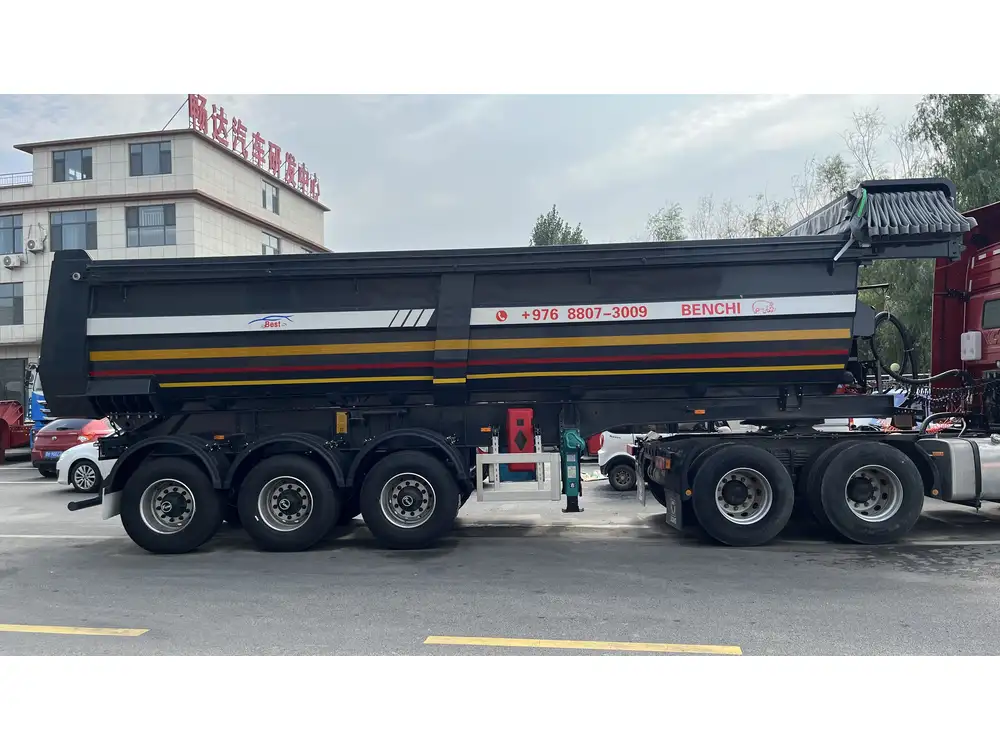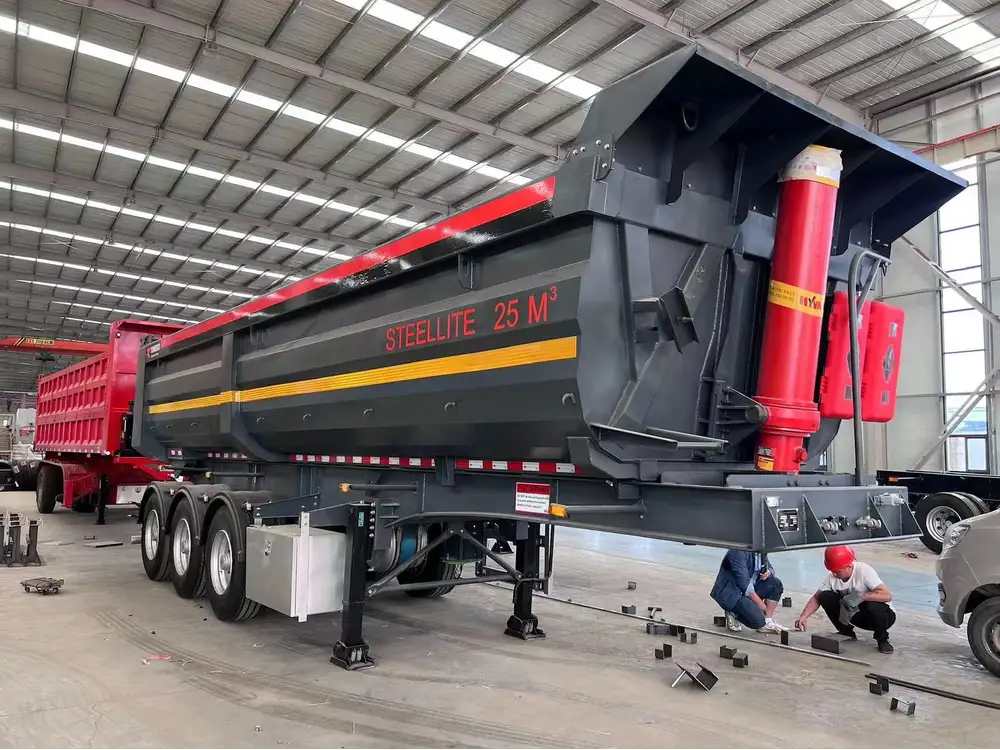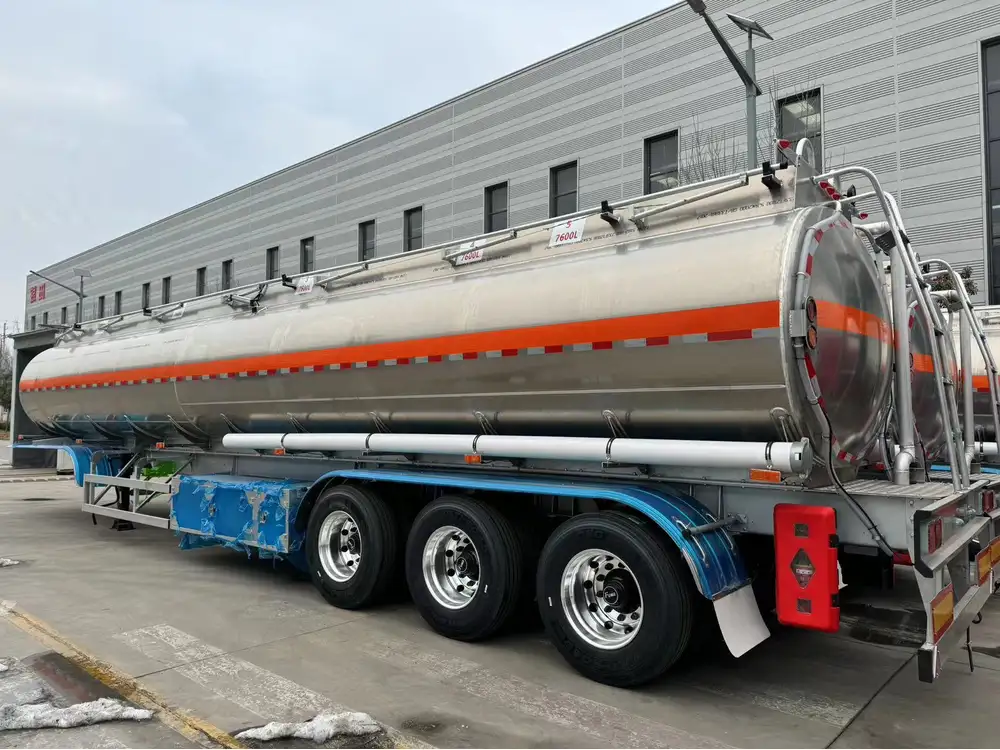The leasing market for semi-trailers is multifaceted, often leading to confusion about costs associated with leasing. Users searching “how much to lease a semi-trailer” generally want clarity about the financial commitments involved, potential savings, and alternative leasing arrangements. Below, we dive into the critical factors affecting costs, provide detailed comparisons, and uncover the hidden aspects of leasing semi-trailers to help businesses make informed decisions.
Understanding Semi-Trailer Leasing
Leasing a semi-trailer is a strategic decision for many logistics and trucking companies. It can offer flexibility, lower upfront costs, and the possibility to use state-of-the-art equipment without long-term commitments. However, knowing the complete financial picture is essential.
Why Lease a Semi-Trailer?
Leasing allows companies to operate with the latest models while conserving capital for other operational expenses. Here are some crucial motivations:
- Lower Initial Costs: Leasing typically requires a smaller upfront payment compared to purchasing outright.
- Access to Newer Equipment: Regularly updating equipment minimizes repair costs and maximizes reliability.
- Flexibility: Leases can be tailored to your specific needs, whether short-term or long-term.

Factors Influencing Leasing Costs
1. Type of Semi-Trailer
The type of semi-trailer significantly influences leasing costs. Here’s a breakdown:
| Trailer Type | Average Monthly Lease Cost |
|---|---|
| Flatbed Trailers | $500 – $1,200 |
| Refrigerated Trailers | $1,000 – $2,500 |
| Dry Vans | $800 – $1,500 |
| Chemical Tankers | $1,200 – $3,000 |
| Specialty Trailers | $1,000 – $2,000 |
2. Lease Duration
The length of the lease impacts the total cost:
- Short-term leases (1-12 months): These may have higher monthly rates due to lack of commitment.
- Long-term leases (12+ months): Often feature lower monthly payments, but require a longer commitment.

3. Mileage and Usage Restrictions
Leases may include mileage limitations, which can result in additional costs if exceeded:
- Standard Mileage Limits: Often set at 100,000 miles per year.
- Excess Mileage Fees: Typically range from $0.10 to $0.20 per mile over the limit.
4. Maintenance and Repair
Depending on the lease agreement, maintenance and repair responsibilities can vary:
- Full-Service Leasing: Includes maintenance; costs might be built into the monthly payment.
- Basic Leasing: Maintenance costs are the lessee’s responsibility and can lead to unexpected expenses.
5. Financial Health of the Lessee
The creditworthiness of the company leasing the trailer will affect terms:
- Strong Credit: Often secures lower monthly payments and better lease conditions.
- Weak Credit: May lead to higher rates or larger down payments.

Detailed Cost Breakdown
To provide a comprehensive picture, let’s dissect a hypothetical leasing scenario for a flexible flatbed semi-trailer.
A Sample Lease Scenario
Assume your company is interested in leasing a flatbed semi-trailer. Here’s how costs might unfold in a year:
| Cost Factor | Monthly Cost | Annual Cost |
|---|---|---|
| Base Lease Payment | $800 | $9,600 |
| Maintenance (if not included) | $100 | $1,200 |
| Excess Mileage (if applicable) | – | Variable |
| Insurance | $200 | $2,400 |
| Total Estimated Cost | – | $13,200+ |
Additional Considerations
- Insurance Requirements: It’s crucial to factor in insurance costs as they can vary greatly depending on the value of the trailer as well as the region.
- Deposit: Many leases require a security deposit, typically equivalent to one or two months’ rent, which can be a significant upfront expense.

Comparing Lease Agreements: Key Differences
Not all leasing agreements are created equal. Here are the critical elements to compare:
1. Types of Lease Agreements
Operating Lease
- Characteristics: Short-term, maintenance typically included.
- Pros: Lower monthly payments, flexibility to upgrade.
- Cons: No ownership at the end of the term.

Finance Lease
- Characteristics: Longer-term, often includes an option to purchase at the end.
- Pros: Builds equity, potential tax benefits.
- Cons: Higher monthly payments.
2. Rental Agreement versus Lease Agreement
Rental Agreement
- Timeframe: Short-term, often hourly or daily.
- Ideal For: Companies with temporary needs.

Lease Agreement
- Timeframe: Long-term.
- Ideal For: Companies requiring ongoing usage.
| Aspect | Rental Agreement | Lease Agreement |
|---|---|---|
| Payment Structure | Daily/Weekly | Monthly |
| Duration | Short-term | Long-term |
| Maintenance | Generally Included | Variable |
| Ownership Rights | None | Possible at term end |
Frequently Asked Questions
1. Is leasing a semi-trailer more expensive than buying?
Leasing can sometimes be more expensive over the long term, especially if your usage is high. However, the lower initial costs and flexibility make leasing an attractive option for many businesses.

2. What happens at the end of a lease?
At the end of a lease, you typically have several options: return the trailer, purchase it at a predetermined value, or renew your lease.
3. Are there tax benefits associated with leasing?
Yes, lease payments can often be deducted as business expenses, which can reduce your taxable income. Consulting a tax professional is advisable for specific guidance.
4. How can I lower my leasing costs?
- Negotiate Terms: Discuss different lease structures or adjust mileage limits.
- Improve Credit: Strengthening your business credit can lead to better rates.
- Choose the Right Trailer Type: Align your needs with a suitable trailer type to avoid overspending.

Conclusion: Making an Informed Decision
Deciding how much to lease a semi-trailer involves understanding a tapestry of factors—from the type of trailer and lease duration to maintenance responsibilities and financial health. By dissecting these elements and conducting comprehensive research, businesses can navigate the often perplexing landscape of semi-trailer leasing.
Use this guide as a roadmap to explore options, make informed choices, and ultimately optimize operational efficiency. Every dollar matters in the logistics industry, and a well-structured lease can be the key to unlocking significant cost savings while maintaining flexibility in a rapidly-evolving market.
With careful consideration and strategic planning, leasing a semi-trailer can be a propelling force for growth, allowing businesses to focus on what matters most—delivering goods efficiently and effectively across the vast networks of commerce.



